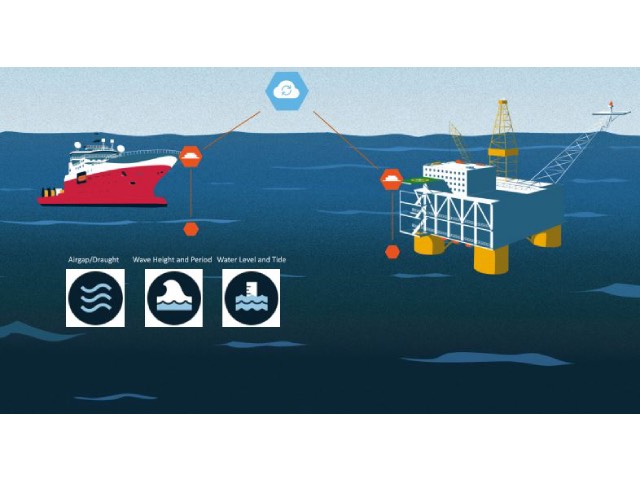Norwegian technology company Miros has announced that its RangeFinder sea state monitoring sensor is now available with Atex IEC Ex certification for use in Zone 1, clearing it for use in explosive atmospheres.
This breakthrough opens for unrestricted use of RangeFinder in offshore oil and gas production environments. The motion compensated version of the Miros RangeFinder, WaveFinder, is also certified for use in Zone 1.
Offering up to 15 per cent higher operational availability and increased operational safety, the Miros sensor is a high-frequency vertical microwave radar that provides sea level, tide, non-directional wave monitoring, ride control and air gap measurements.
“There is a constant need for accurate and real-time knowledge of the sea state in the offshore oil and gas industry,” said Miros CEO Andreas Brekke. “The RangeFinder can now be employed whenever and wherever needed on platforms and service vessels. This will provide operators with even better access to highly accurate sea state data that can help them plan and execute safer and more efficient marine operations.”
Unlike laser sensors, the RangeFinder is undisturbed by fog, rain and water spray, giving measurements with +/- 1-millimeter accuracy in all weather conditions. The sensor is dry-mounted, meaning no parts are submerged in water, eliminating problems with wear and fouling associated with submerged equipment.
RangeFinder is available as an IoT-based sensor, meaning that it is truly plug-and-play, needing only power and an internet connection to provide secure local and remote real-time ocean state data to any device.
The sensors can also be complimented with Cloud services from Miros, such as web displays, database integration, data processing and device management services, making historical weather data available to all stakeholders.









































